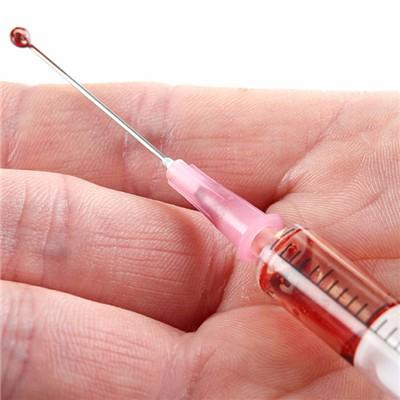What is aortopulmonary septal defect?
summary
Aorto pulmonary artery septal defect is a rare one. During embryonic development, the arterial trunk is not completely separated, forming a septal defect at the root of aorta and pulmonary artery. The defect is 0.5cm-1.5cm away from aortic valve. The size is generally 1.5cm-2.5cm. Mori divided the disease into three types: type I: proximal pulmonary septal defect; Type II was distal septal defect; Type III was complete septal defect. Let's share my experience with you.
What is aortopulmonary septal defect?
It is similar to patent ductus arteriosus, but the blood flows from the ascending aorta through the defect to the pulmonary trunk. So the symptoms appear early and severe. There are palpitations, shortness of breath, fatigue, and cyanosis in the late stage.

Systolic murmur can be heard in the third intercostal space on the left edge of sternum, continuous murmur can be found in a few patients, systolic tremor can be detected in the same part, and the second sound of pulmonary artery is hyperechoic or split. There is water rush pulse and pulse pressure.

Because of the severe symptoms, rapid development of the disease, it is easy to complicated with heart failure or pulmonary infection, and the prognosis is poor. Therefore, once the diagnosis is clear, surgical treatment should be carried out as soon as possible. However, cyanosis or right to left shunt is the contraindication.

matters needing attention
In the diet must also control the salt intake, do not eat spicy food such as coffee, strong tea, you can eat more cereals such as cereals, oats or soybeans, you can drink more water or milk, but do not drink carbonated drinks.














